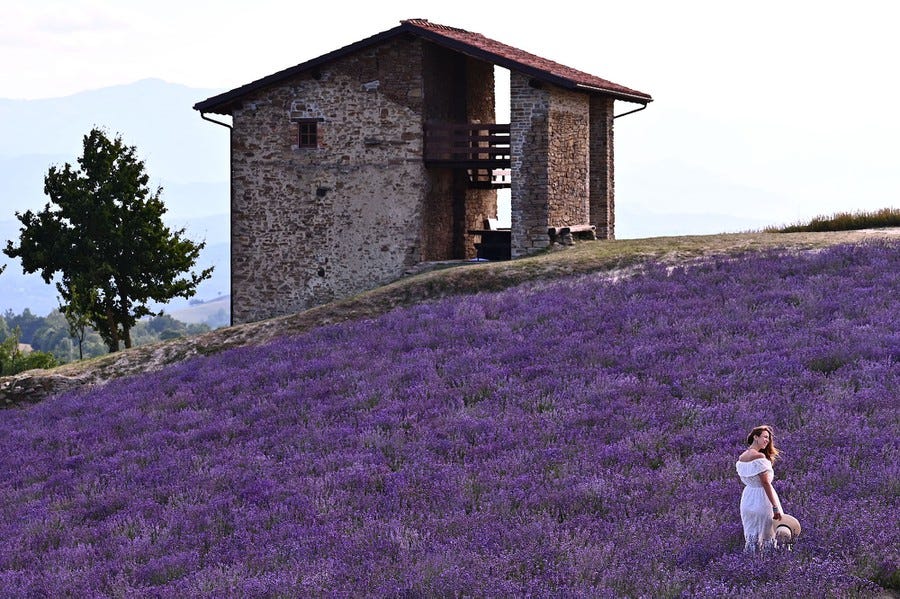
“Race Manners: Which Black People Should I Believe?” (NYT)
Because this first post from Jenée Desmond-Harris’ new “Race Manners” column is so solid. We look forward to next month’s column.
Rather than treating all opinions as equally worthy and getting stuck, you can take a look at the available data. Your instinct to trust a group to advocate for themselves is right, so you should consider what most members of that group say they want. For example, a large majority of Black people are in favor of reparations, so it might make sense to defer to them. The question of police reform is a little trickier. Outside of the wide consensus that it’s needed, there are varying views on how to get there, and the idea of defunding the police is an emerging policy proposal, not a divide based on decades of political difference. So that’s where you need to do your research and decide what you think is effective policy to reach a shared goal of a less racist country.
“The Emerging Biden Doctrine” (Foreign Affairs)
Because analysts love boiling a president’s foreign policy approach down to a doctrine, and this is a worthy attempt just 6 months into Biden’s tenure. From the essay: “Give Biden this much: he has correctly identified the overarching challenge of the era. Now comes the hard part. He must make his strategy real, and make it work.”
“Can We Survive Extreme Heat?” (Rolling Stones)
Because with the Pacific Northwest’s recent record-breaking heatwave this week, this essay on Phoenix and the threat of extreme heat is appropriately timed. It poses an important question: what can and should policymakers do to prepare cities (and therefore residents) for 4-5 degree increases in temperature by the year 2100?
“In a divided country, communal living redefines togetherness” (New Yorker)
Because around a year ago, we featured debates surrounding the nuclear family in this newsletter. Now, a 60-person communal house is challenging the stereotype of the 1960s commune, challenging the idea of the single-family home, and challenging the trend of isolation in a digital age. One particularly salient quote from the article:
Digital life was supposed to bring greater connection. Gideon Dominick, a software engineer, told me that he’d done “the digital-nomad thing” for seven years, but now was seeking community as a stay against what he called “atomization” in public life—a loss of shared reference points and experience. Technology, he thought, was changing people’s social expectations. “There’s a lot of editing now in how we’re trained to perceive other people,” he said. “We have fewer exchanges of uncertainty where we’re waiting to see how they resolve.”
“I Learned How to Cope with Agoraphobia. The Pandemic Eroded It All” (Vice)
Because as we continue to enjoy the fruits of vaccination and the re-opening of everything, this deeply personal essay on anxiety and agoraphobia reminds us that the pandemic rendered a lot of human damage, and some may move towards “normal” more slowly than others.



